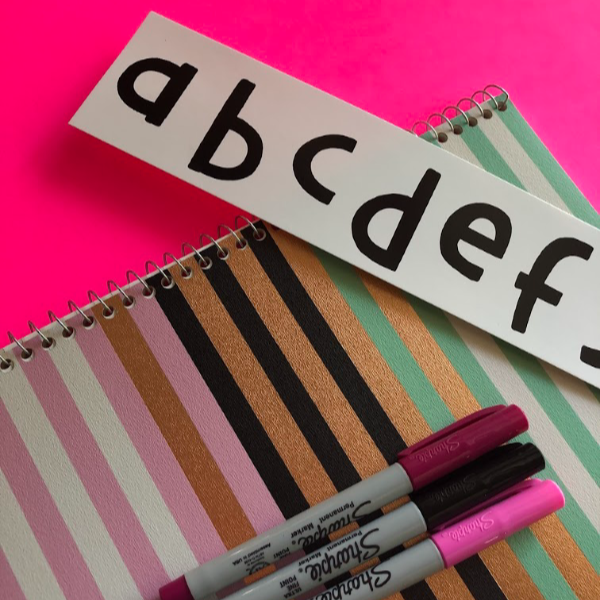6 Steps for Starting Your Class Mid-Year
Congratulations! You got hired to teach a new class. The dilemma is that it is mid-year and you are walking into the class mid-stream. What do you do when you are starting your class mid-year? Where do you start?

Starting Your Class Mid-Year
Most of the time when you begin mid-year, you are replacing a teacher who left…in rare instances, it’s a newly created class due to high enrollment in that grade level. But MOST of the time it’s the first scenario. There are six things to keep in mind when jumping in to teach mid-year. They are:
- SEARCH out information
- set up routines and procedures
- connect with a peer teacher
- contact parents
- learn the new curriculum
- create your plan (plan a week ahead)
Let’s take a look at each step!
#1. Search out information
My suggestion for the first place to begin is with the school secretary (or administrative assistant). They are often a wealth of information and are usually very happy to help you out. Here are a few items to ask for:
- the daily schedules; bells, cafeteria, recess, duty schedules, bus schedules
- the district calendar
- the school calendar
- a list of teachers and other school personnel
- testing information
- supplies (how to get them and what’s your budget)
- copy machine information (is these a limit, a code)
- where to check out your district technology (laptop, iPad, etc)
- the name of your school’s I.T. person so you can schedule an appointment (email set up, etc.)
- learn when pay day is and how to set up direct deposit (if you haven’t already done that)
- ask about your benefits
- find out about the teacher’s union (if there is one).
#2. Set Up Routines and Procedures
When you know your grade level, you will be able to list out the routines and procedures you will want to establish for your class. I suggest you list them out so that you will be sure that you explain them all to your students. Don’t just try to rely on your memory for this. If you’d like a set of routines to use as a guide, I have one you can download to for FREE. Just complete the form below and I will zip it right over to your email.
**
Make sure that your routines and procedures are grade appropriate. You would use a very different set of them for primary students than you would for middle school or high school.
#3. Connect With a Peer Teacher
Try your best to find a teacher in your grade level that you can connect with. Ask him/her for a half hour to meet and find out things about the grade level. Bring a little treat to share during your time together….you can never lose by bringing snacks…(grin).
#4. Contact Parents
You will need to consider how soon you plan to contact parents and what you are going to say to them. If you are replacing a teacher who left, ask the office if it will be ok for you to send a note or email out to all the parents. There shouldn’t be a problem with doing this, but they may have some guidance about what to say (if anything) about the other teacher leaving. I suggest sending a note or email the very first day.
Here is an article I wrote about Back-to-School Night information. While I realize it isn’t that time of year, the article gives a lot of information about important things to tell parents, so you might want to take a peek at it.
Organizing Back-to-School Parent Information

#5. Learn the New Curriculum
You need to make an effort to review the curriculum and state standards for your new grade level. Even if you have previously taught that grade, your need district or school may use a different publisher. One year I transferred from first to sixth grade. You better believe that I took home all the Teacher Edition’s for each subject over the summer. Then I made sure to study them and creat a long-term plan so I would be more prepared.
Along these lines, it’s a good idea to read the selections in the new anthology for at least the first quarter. By doing this ahead of time, it will make lesson planning so much easier. If your start date is coming soon, of course you won’t be able to do all of this, but try to do as much as you can.
#6. Create Your Plan (plan a week ahead)
The final (and in my opinion the most important) step to starting your class mid-year is to create your plan…and also, to plan ahead. After you have the school and grade-level schedules and have your curriculum, create your lesson plans. Plan for an entire week…over plan if you have time. If you are in a new grade level, it’s always better to over plan and have extra activities to fall back on as you learn how quickly these students complete things.
Later you will want to complete a “long-term” plan for your class…up to the end of the school year. For more information on long-term planning, you can read this article also.
The Instructional Benefits of Long Term Planning!
So, with these six steps at your finger tips, you are ready to tackle your mid-year class assignment. Good luck to you. Don’t let the day-to-day little things weigh you down. Remember why you are there and things will fall into place. When in doubt, ASK! Ask the school secretary or your grade-level partners.
YOU’VE GOT THIS!
Until Next Time,







